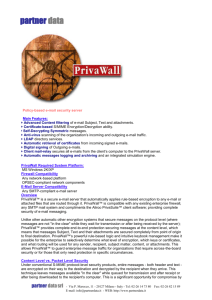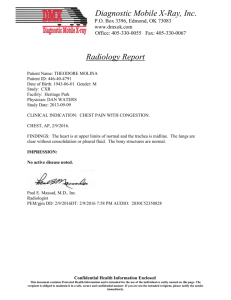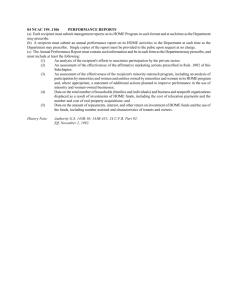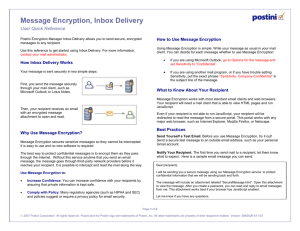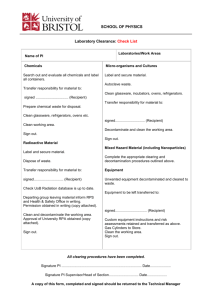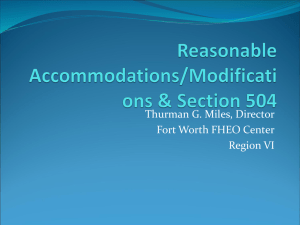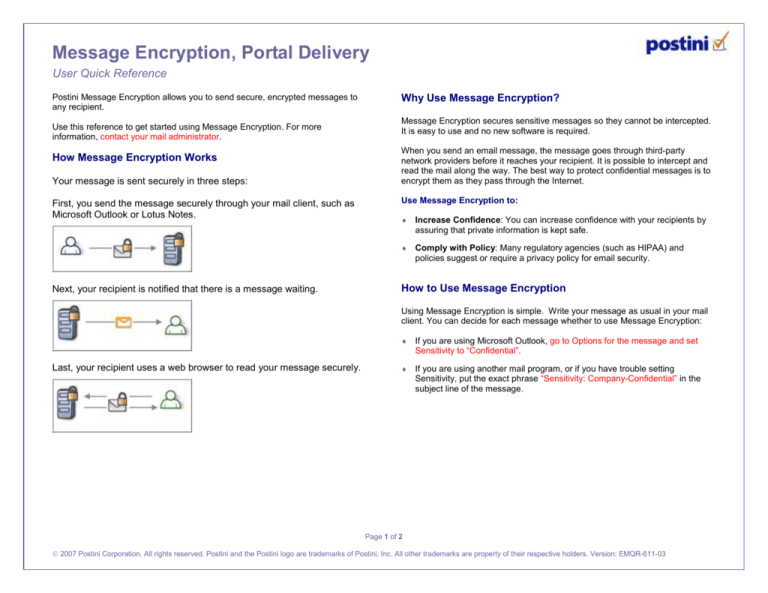
Message Encryption, Portal Delivery
User Quick Reference
Postini Message Encryption allows you to send secure, encrypted messages to
any recipient.
Use this reference to get started using Message Encryption. For more
information, contact your mail administrator.
How Message Encryption Works
Your message is sent securely in three steps:
First, you send the message securely through your mail client, such as
Microsoft Outlook or Lotus Notes.
Next, your recipient is notified that there is a message waiting.
Why Use Message Encryption?
Message Encryption secures sensitive messages so they cannot be intercepted.
It is easy to use and no new software is required.
When you send an email message, the message goes through third-party
network providers before it reaches your recipient. It is possible to intercept and
read the mail along the way. The best way to protect confidential messages is to
encrypt them as they pass through the Internet.
Use Message Encryption to:
Increase Confidence: You can increase confidence with your recipients by
assuring that private information is kept safe.
Comply with Policy: Many regulatory agencies (such as HIPAA) and
policies suggest or require a privacy policy for email security.
How to Use Message Encryption
Using Message Encryption is simple. Write your message as usual in your mail
client. You can decide for each message whether to use Message Encryption:
Last, your recipient uses a web browser to read your message securely.
If you are using Microsoft Outlook, go to Options for the message and set
Sensitivity to “Confidential”.
If you are using another mail program, or if you have trouble setting
Sensitivity, put the exact phrase “Sensitivity: Company-Confidential” in the
subject line of the message.
Page 1 of 2
2007 Postini Corporation. All rights reserved. Postini and the Postini logo are trademarks of Postini, Inc. All other trademarks are property of their respective holders. Version: EMQR-611-03
What Your Recipient Will See
Best Practices
Your recipient will receive an email notification, with a link to the Message
Encryption secure web portal.
Send Yourself a Test Email. Before you use Message Encryption, try it out!
Send a secure test message to an outside email address, such as your personal
Gmail account.
Notify Your Recipient. The first time you send mail to a recipient, let them know
what to expect. Here is a sample email message you can send:
Dear [recipient],
I will be sending you a secure message using our Secure Portal service, to protect
confidential information that we will be sending back and forth.
The message will say that you have an Encryption Manager secure message from me,
and will include a link to send you to the secure web portal.
You can create your own password to this portal and securely read and reply to email
messages from me.
In this portal, your recipient will set a secure password if needed, and
then log in. Your recipient can read the message, and can reply to you
securely.
Frequently-Asked Questions
Is any special software required?
No. Message Encryption uses a normal mail client and web browser to send and
receive the message.
What if the message isn’t read?
Messages expire after 14 days. If your message isn’t read during that time, you’ll
receive an email notification.
Can I send file attachments?
Yes! You can send attachments. Your recipient will be able to download any
attachments you send securely.
Does the recipient need to set a password every time?
No. Each recipient only needs to set a password once. After that, anyone in your
company can send secure messages to that recipient and the recipient can use
the same password to view them.
Where can I get more help?
Contact your mail administrator for further questions or help.
Postini Message Encryption, Portal Delivery
Page 2 of 2
User Quick Reference


